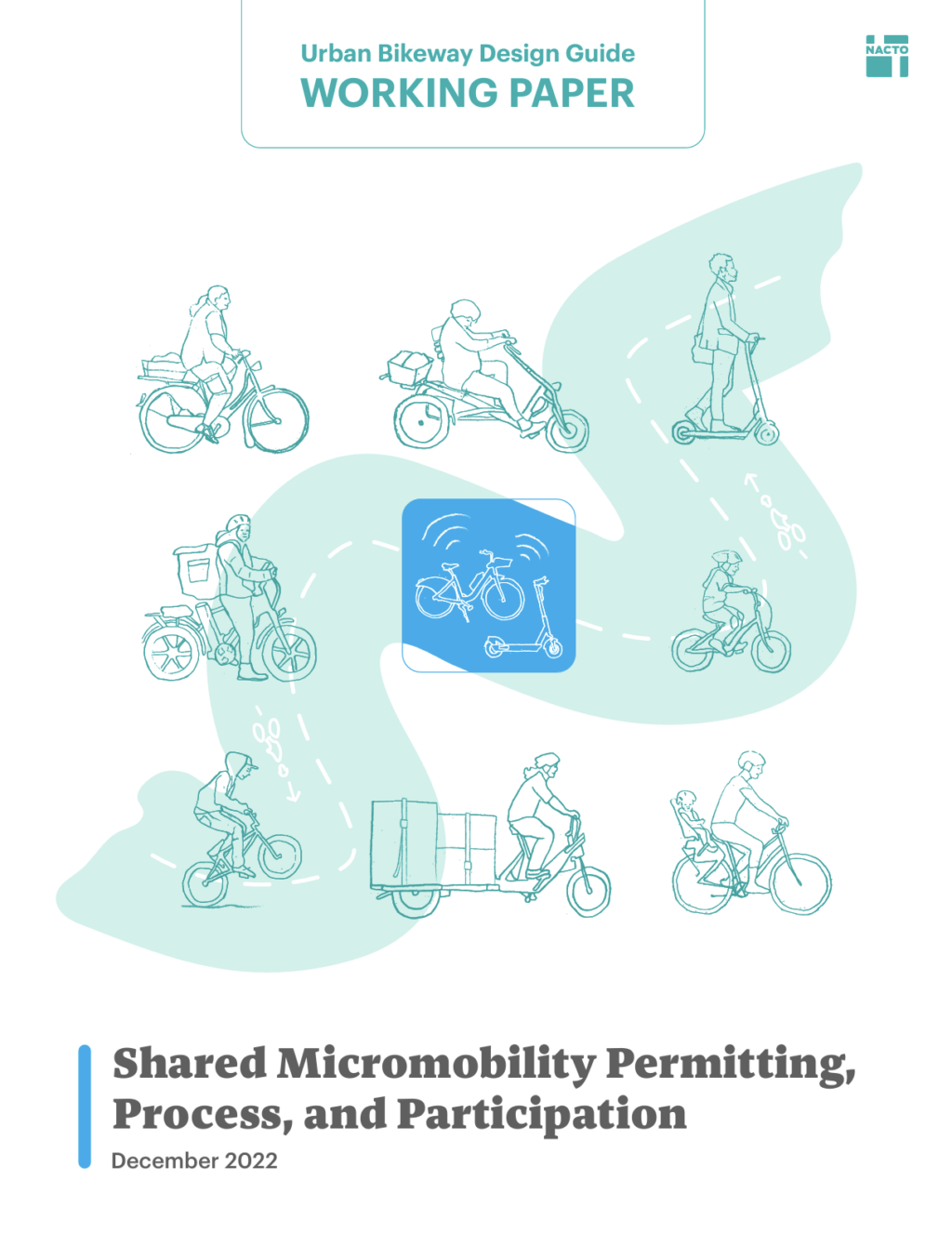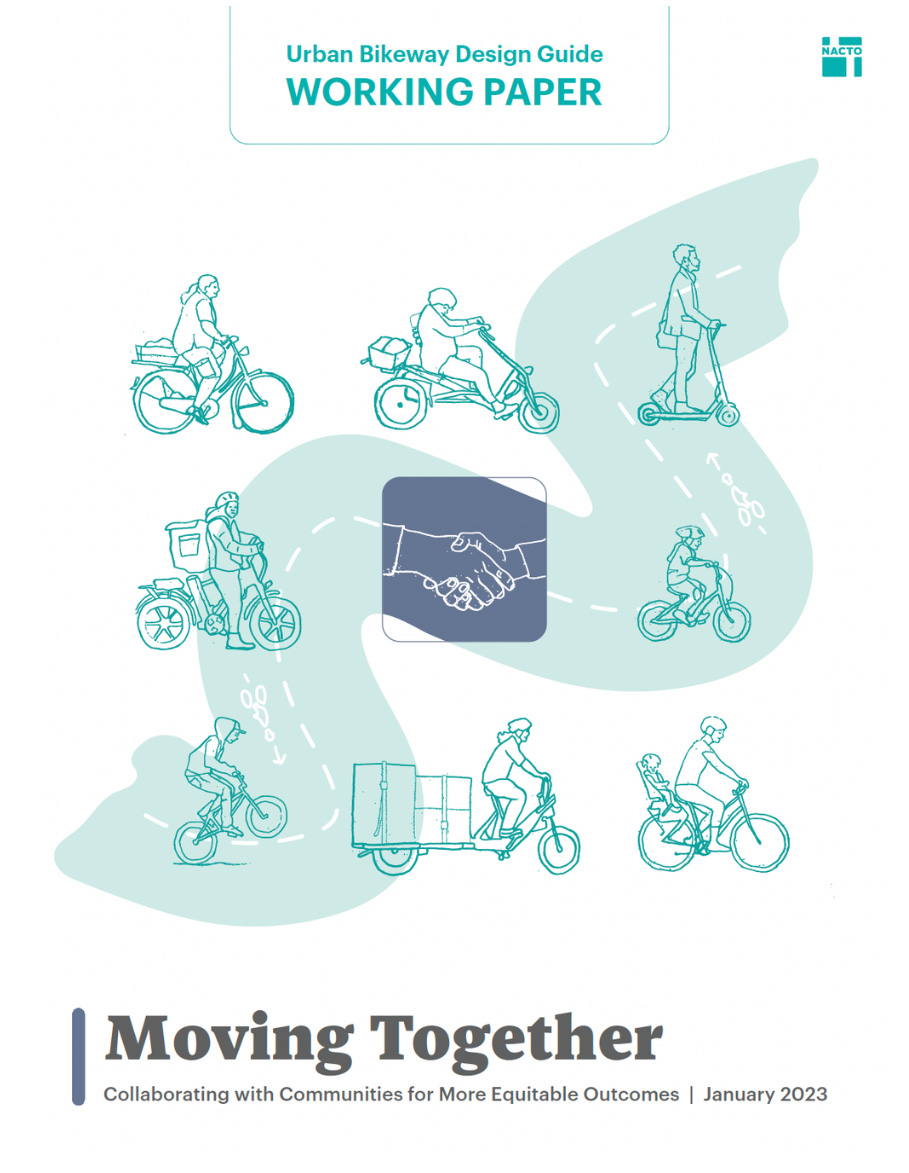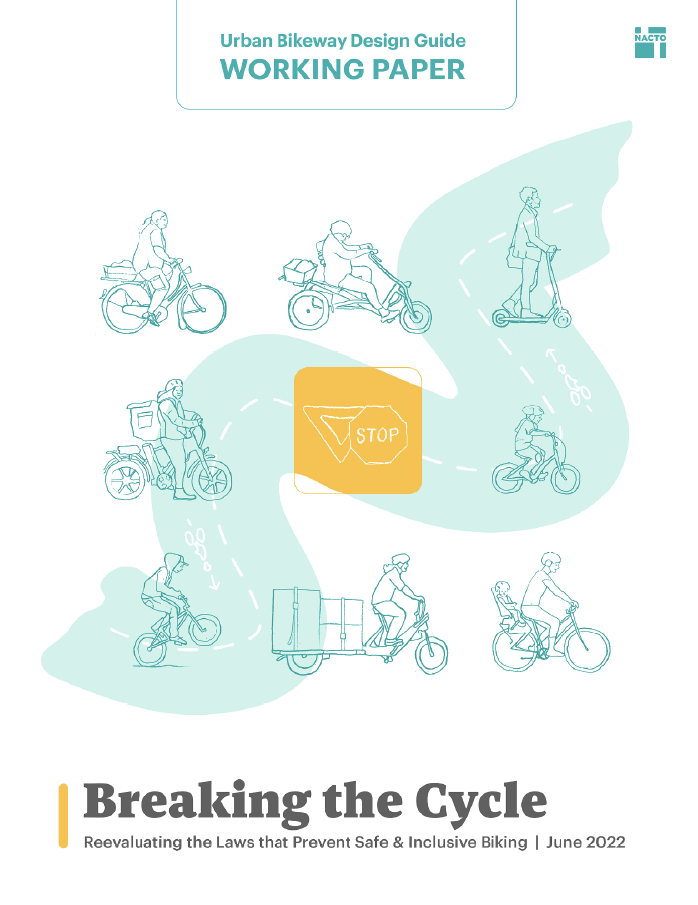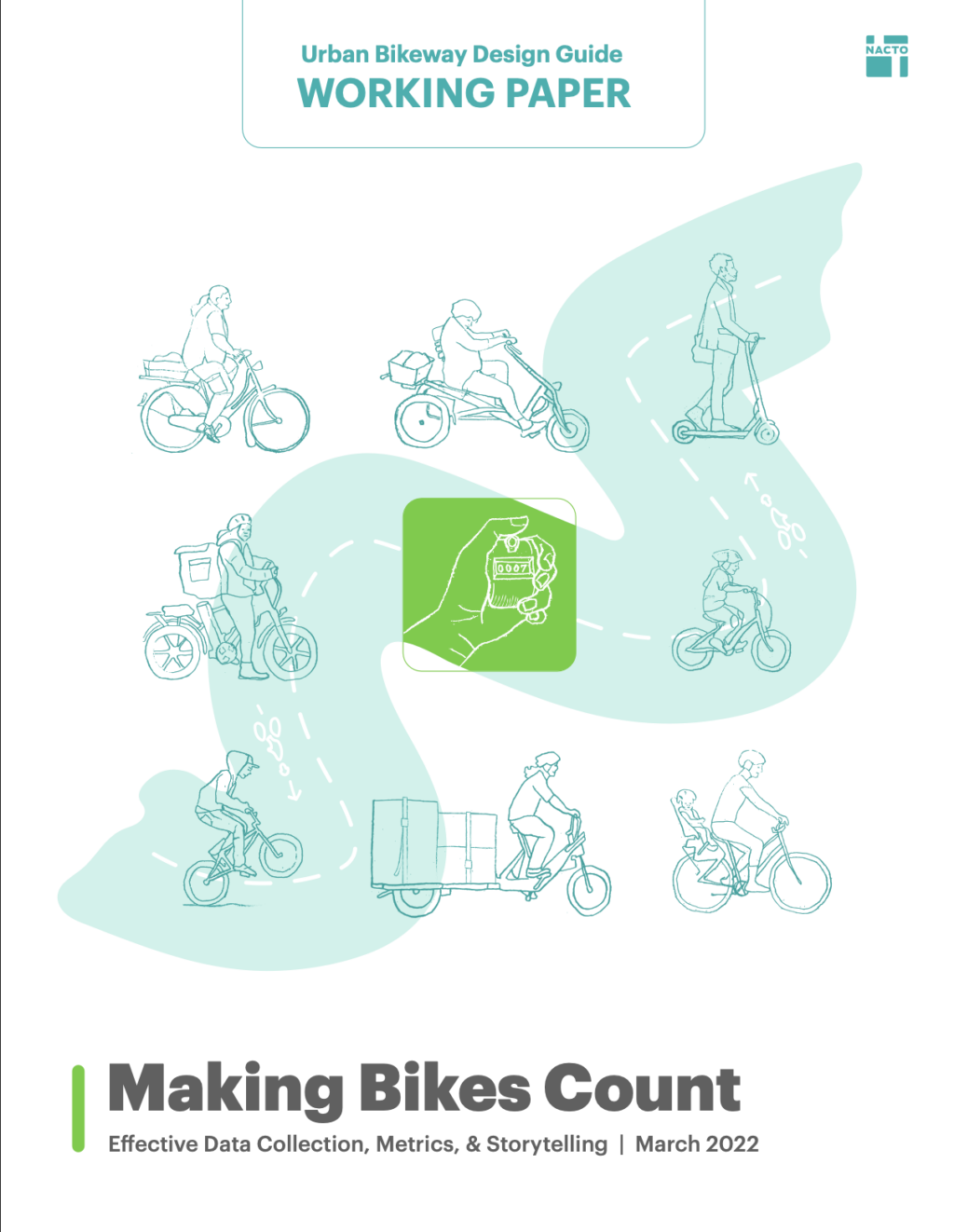Identifying emerging trends in how cities manage micromobility networks.
Over the past decade, shared micromobility has become an integral part of transportation systems throughout North American cities. Cities have established strong shared micromobility programs by setting clear goals that guide key decisions like creating regulatory frameworks, determining system size, and establishing the bounds of an expansion. To be most effective, city staff and leadership must connect specific shared micromobility outcomes to broader city goals.
Shared Micromobility Permitting, Process, and Participation (PDF) outlines emerging trends in how cities manage micromobility networks, including the growth of electrified devices, the selection of operators based on strategic goals, and regulations to better organize devices. The working paper also offers cities tactics for making systems more equitable and effective, ranging from creating collaborative planning processes to investing in bike infrastructure and piloting low-speed zones for vehicle traffic. These recommendations are designed to supplement and build upon NACTO’s Guidelines for Regulating Shared Micromobility.
Shared Micromobility Permitting, Process, and Participation is the third in a series of working papers developed by NACTO with our member cities to address the most critical gaps in bikeway design guidance, as part of a long-awaited update to the Urban Bikeway Design Guide. In 2023, NACTO will codify these working papers into a new, third edition of the Urban Bikeway Design Guide.




